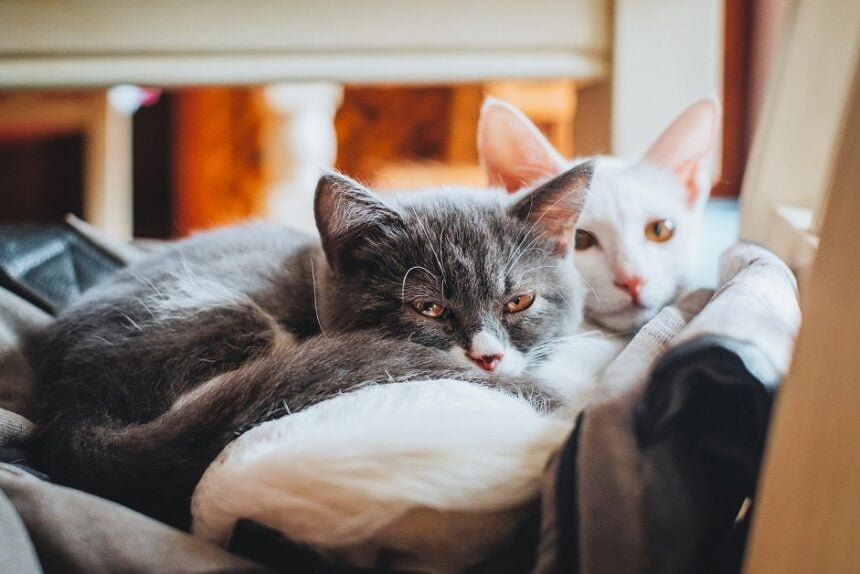The world of cat breeds is a captivating realm that showcases the remarkable diversity and beauty of our feline companions. This comprehensive guide aims to assist cat lovers in the process of cat breed identification, providing valuable insights and a systematic approach.
Understanding the Importance of Cat Breed Identification:
Cat breed identification serves multiple purposes for cat enthusiasts. Firstly, it enables owners to gain a deeper understanding of their feline companions, including their unique physical and behavioral traits. Secondly, knowledge of the breed assists in providing targeted care and addressing potential breed-specific health concerns. Additionally, identifying a cat’s breed enhances overall appreciation and admiration for these magnificent creatures.
Step 1: Observing Physical Characteristics:
This initial step involves a meticulous examination of a cat’s physical characteristics as vital clues for breed identification. Various features such as body shape, head shape, ear size and shape, eye color and shape, and tail length play significant roles in the identification process. By carefully observing and comparing these traits, cat lovers can begin to narrow down potential breeds.
Step 2: Examining Coat Patterns and Colors:
The coat of a cat not only adds to its beauty but also serves as an essential indicator of its breed. This step explores the vast array of coat patterns and colors found in different cat breeds. From solid colors to tabbies, tortoiseshells to calicos, and pointed patterns to bicolor, understanding the significance of coat patterns and colors can provide valuable insights into breed identification.
Step 3: Analyzing Facial Features and Body Structure:
Facial features and body structure contribute significantly to identifying specific cat breeds. This step delves into the shape of a cat’s face, including the structure of the nose, eyes, and jawline. The body structure, including leg length, size, and overall physique, is also considered. By carefully analyzing these characteristics, cat lovers can gain further clarity in their quest for breed identification.
Step 4: Determining Size and Weight:
The size and weight of a cat can vary significantly between different breeds. Some breeds are known for their small and delicate frames, while others are renowned for their large and muscular build. Understanding the typical size and weight range of different breeds can provide valuable clues in narrowing down the options and identifying the most likely breed.
Step 5: Identifying Specific Breed Traits and Behaviors:
Each cat breed possesses unique traits and behaviors that set them apart. From the playful and social nature of the Siamese to the independent and regal demeanor of the Maine Coon, these breed-specific characteristics can provide valuable insights into breed identification. By observing a cat’s behavior, preferences, and personality traits, cat lovers can make informed guesses about its breed heritage.
Common Mistakes and Challenges in Cat Breed Identification:
Breed identification is not without its challenges. This section highlights common mistakes and pitfalls that cat enthusiasts may encounter during the identification process. From confusing similar-looking breeds to encountering mixed-breed cats with diverse genetic backgrounds, awareness of these challenges helps cat lovers approach breed identification with patience and accuracy.
Tools and Resources for Cat Breed Identification:
In the digital age, numerous tools and resources are available to assist cat lovers in their quest for breed identification. Online databases, breed-specific forums, books, and expert guidance are just a few examples of resources that can be utilized to enhance the accuracy and efficiency of breed identification.
Practical Tips for Successful Breed Identification:
This section provides practical tips and suggestions to ensure successful breed identification. From gathering detailed information and photographs to consulting with experts and breed enthusiasts, these tips can help cat lovers navigate the identification process with confidence and accuracy.
The Joy of Cat Breed Recognition: Connecting with Your Feline Companion:
Identifying a cat’s breed goes beyond mere curiosity; it fosters a deeper connection between cat enthusiasts and their feline companions. Understanding a cat’s breed heritage allows owners to appreciate its uniqueness, tailor their care accordingly, and forge a stronger bond with their beloved pet.
Conclusion: Embracing the Diversity of Cat Breeds:
In conclusion, the process of cat breed identification allows us to explore and celebrate the rich tapestry of feline diversity. Regardless of breed, every cat deserves love and care. Embracing this diversity enriches our understanding of these incredible animals and strengthens the bond we share with them.







